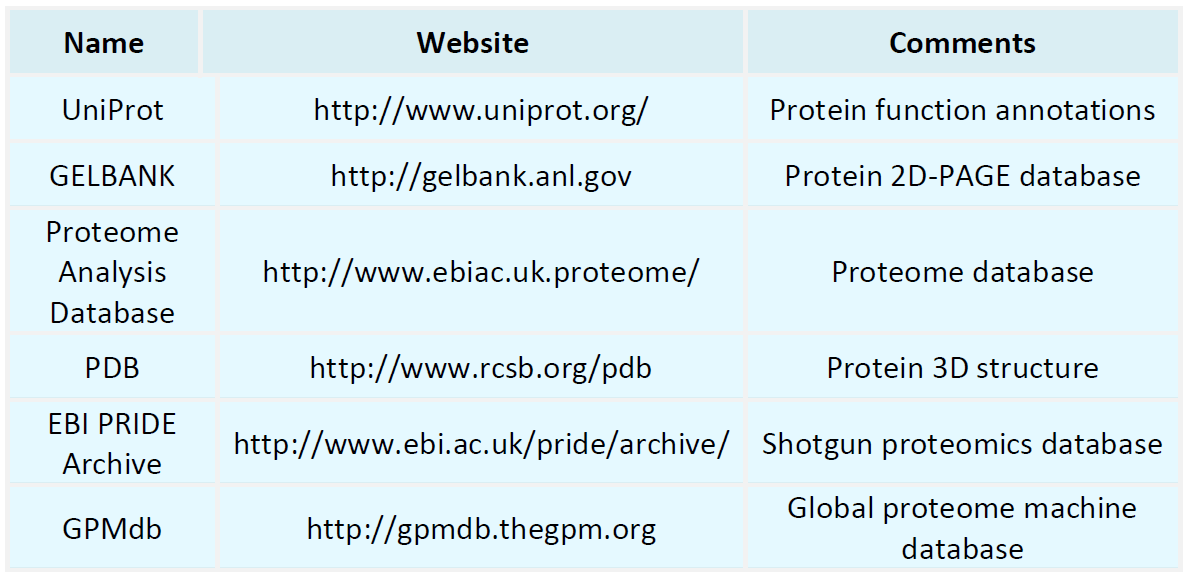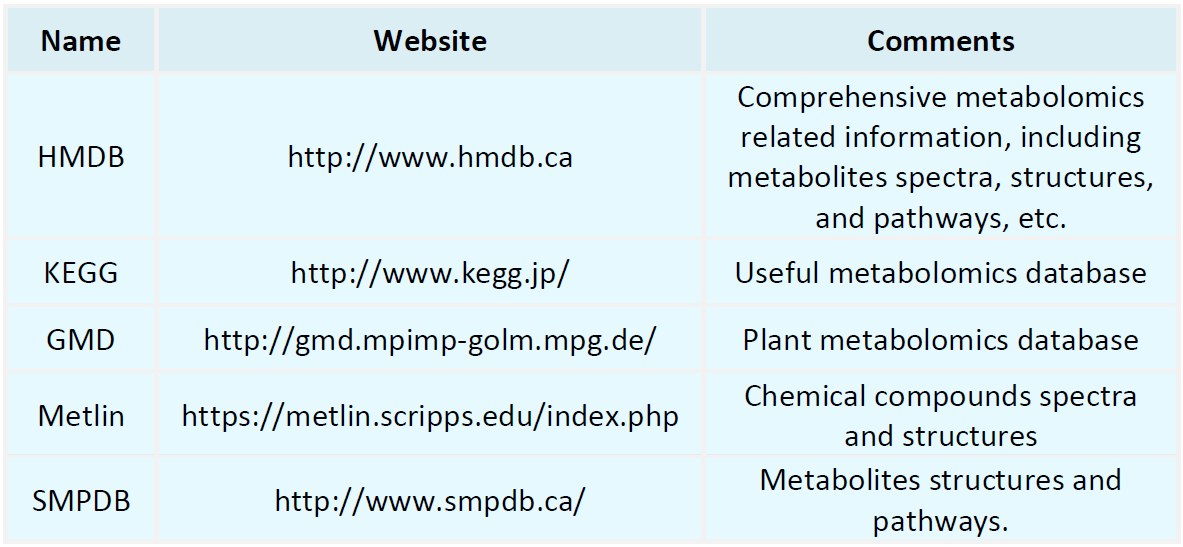Resources
Proteomics Databases

Metabolomics Databases

-
• Single Cell Transcriptome Sequencing in Cancer and Neuroscience Research
Single cell transcriptome sequencing is a powerful technique used to analyze gene expression profiles at the resolution of individual cells. It plays a vital role in modern biological research by revealing the molecular characteristics of cells under different physiological conditions. Its applications are particularly prominent in cancer research, where tumors are often composed of heterogeneous cell populations exhibiting distinct gene expression patterns and functional profiles. Single cell transcr......
-
10x TCR sequencing is a cutting-edge technology designed to comprehensively profile the diversity and complexity of T cell receptors (TCRs). TCRs are protein complexes expressed on the surface of T cells, responsible for recognizing foreign antigens and initiating immune responses. Each T cell harbors a unique TCR sequence, and this diversity is a critical feature enabling the immune system to effectively detect and eliminate a wide array of pathogens. 10x TCR sequencing plays an essential role in bot......
-
• Single Cell RNA Sequencing Technology
Single cell RNA sequencing technology (scRNA-seq) has emerged as a pivotal tool in biomedical research, with wide-ranging applications in oncology, neuroscience, immunology, and developmental biology. In cancer research, scRNA-seq enables the identification of tumor heterogeneity, uncovering the molecular signatures of distinct cancer subtypes and informing the development of personalized treatment strategies. In neuroscience, the technology allows for the exploration of neuronal diversity and charact......
-
• Single Cell Targeted Sequencing
Single cell targeted sequencing (scTS) is designed to enable high-resolution analysis of specific genomic regions within individual cells. This approach offers distinct advantages for extracting detailed genetic information from complex biological samples. Traditional genomic sequencing methods typically require large numbers of cells, yielding population-averaged results that obscure cell-to-cell variability. In contrast, single cell targeted sequencing provides genome-level insights at single-cell r......
-
• Single Cell RNA and DNA Sequencing
Single cell RNA and DNA sequencing enables comprehensive profiling of the genome and transcriptome at the resolution of individual cells. Single cell DNA sequencing is primarily employed to uncover genomic alterations within individual cells, including copy number variations, point mutations, insertions and deletions, as well as complex structural rearrangements. This is particularly critical for understanding the pathogenesis of diseases such as cancer, where tumor cells often exhibit high degrees of......
-
• Single Cell Next Generation Sequencing
Single cell next generation sequencing (scNGS) is an advanced technique for characterizing genomic, transcriptomic, and epigenomic landscapes at the resolution of individual cells. In biomedical research, scNGS has been extensively employed to investigate cancer, immune-related disorders, and neurological diseases. Sequencing the genomes of individual tumor cells enables researchers to dissect intratumoral heterogeneity, thereby informing the development of personalized therapeutic strategies. Additio......
-
• Single Cell Nucleic Acid Sequencing
Single cell nucleic acid sequencing enables comprehensive genomic and transcriptomic analyses at the resolution of individual cells. This powerful technique allows scientists to uncover gene expression profiles across diverse cell types, providing insights into cellular function, state, and identity—even permitting the identification of rare cell populations. Its applications are broad, with one of the most impactful areas being cancer research. Tumors often exhibit significant cellular heterogeneity,......
-
• X-Ray Crystallographic Analysis
X-ray crystallographic analysis is a powerful technique used to elucidate the atomic and molecular structures of crystalline materials. In the realm of biology, the function of macromolecules such as proteins and nucleic acids is intricately linked to their three-dimensional conformation. By employing X-ray crystallographic analysis, researchers can obtain high-resolution structural information regarding conformational dynamics, active sites, and ligand-binding modes of these macromolecules, thereby e......
-
Proteomics and cancer research is an interdisciplinary field that integrates biochemistry, molecular biology, and bioinformatics to gain a deeper understanding of cancer initiation and progression through the study of protein structure, function, and interactions. Proteomics, the large-scale study of the complete set of proteins expressed in a biological system, offers a comprehensive view of both physiological and pathological cellular states. It is intimately linked to cancer research because protei......
-
• Single-Cell Transcriptomics Analysis
Single-cell transcriptomics analysis is designed to elucidate the complexity and heterogeneity of gene expression at the level of individual cells. By precisely quantifying mRNA abundance in each cell, this technique enables the construction of detailed transcriptional landscapes across diverse physiological and pathological states. In contrast to conventional bulk transcriptomic analyses, single-cell transcriptomics analysis captures cell-specific expression patterns, allowing for deeper insights int......
How to order?







